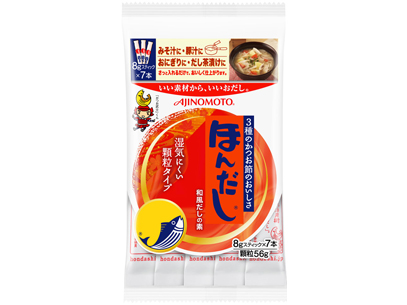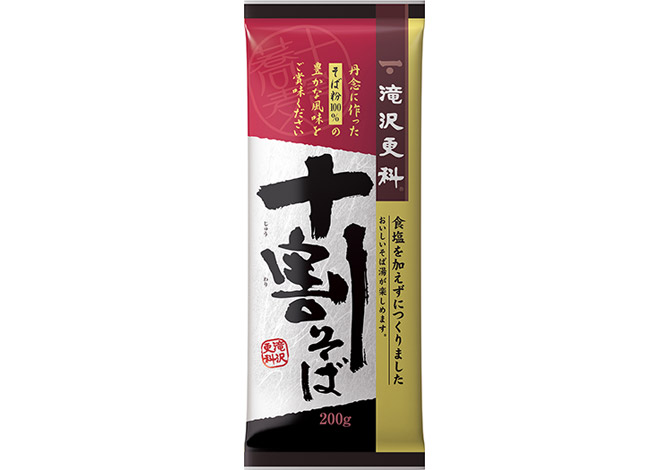If you have already read my article Shopping at Japanese Supermarkets: Dashi, Udon/Soba Noodles, Shoyu, you probably know what to buy when you want to cook Japanese food. But how to cook Japanese food? Here are 5 simple menus.
1. Hot Udon (or Soba) in Dashi Soup
- Dry Udon (or Soba) noodle serving for 1 person
- 1 pack or Udon Dashi Soup or 100ml or Mentsuyu
- Hot water for the Soup (Amount depends on which product of Udon Dashi soup you buy, but if you use "Higashimaru" you use 250ml, and if you use "Yamaki Mentsuyu" you use 300ml.)
- Whatever toppings you want (ex. Chopped green onion, Katsuo Bushi, Sesame seeds, Grated ginger, etc.)
Directions:
- Boil Udon (or Soba) noodles as long as specified in the noodle package.
- Prepare the soup by pouring hot water together with the Udon Dashi powder or Mentsuyu in your bowl for eating.
- After boiling the Udon, and placing whatever toppings you want, serve in the bowl.
2. Basic Miso Soup
- 1 pack of Udon Dashi Soup or Dashi powder
- 300ml water
- 1 pack of Tofu
- Whatever ingredients you like (ex. Green Onion, Dry Wakame, etc.)
Directions:
- Boil 300ml of water together with Udon Dashi Soup or Dashi powder in a pot.
- After it comes to a boil, add dice-cut size Tofu or whatever ingredients you want to enjoy in your Miso Soup.
- Stop the heat, add 1 tablespoon of Miso, and slowly stir in the pot to make sure the miso dissolves in your soup.
- Serve the Miso Soup in your bowl, top it off with chopped green onions.
- 2pcs of chicken
- 1 tablespoon of Sake
- 2 tablespoons of Mentsuyu
- 2 teaspoons of grated ginger (if you do not have a grater nor any fresh ginger, you can just use ginger powder or finely chopped ginger)
- 1 tablespoon of vinegar
- 1/2 tablespoon of sugar
- Grill your chicken in you pan, from the skin side until skin is crisp, at least for 5 minutes.
- Reverse your chicken to the other side, pour the sake, and cover with a lid (or aluminum sheet if you don't have a lid), and leave for 3 minutes so that the steam fully cooks the inside of your chicken.
- Pour the rest of the ingredients (Mentsuyu, ginger, vinegar, sugar) in to the pan, and keep stirring until the teriyaki sauce thickens, for about 5 minutes.
- Once the sauce thickens and evenly covers the chicken, take it out of the pan and you are ready to serve. (You can serve it after cutting the chicken, or cut it by yourself in your dish by using a fork and a knife.)
4. Pot of Pork and Chinese cabbage
Ingredients (to serve 4 people):
- 300g of thinly sliced pork
- 1/2 block of Chinese cabbage (around 1000g)
- 2 tablespoons of "Hondashi"
- 1800ml of water
- 2 tablespoons of shoyu
- 1/2 teaspoon of salt
- Thinly sliced strips of 1 Japanese leek
- Chopped green onions (as much as you like)
- 1/4 pcs of ginger, thinly chopped in strips
Directions:
- Peel one leaf of Chinese cabbage and place one slice of pork, place another leaf of Chinese baggage and one slice of pork, and repeat until you have 4~5 layers. Cut in to 5cm width and place each slice of the cut in your cooking pot and repeat until your cooking pot is full.
- Sprinkle the "Hondashi" evenly to the pot, pour water, shoyu, salt, and heat until it comes to a boil. Once it boils, cover the pot with a lid, and simmer until the inside is evenly cooked.
- Once it is evenly cooked, top with japanese leek, chopped green onions, and ginger, and you are ready to serve.
- 100g of thinly sliced pork
- 1 tablespoon of Shoyu
- 1 tablespoon of water
- 2 teaspoons of sugar
- 1/4 teaspoon (around 1g) of "Hondashi"
- 1 teaspoon of oil (whatever choice of oil you usually use for cooking is okay, but I personally like the sesame oil for aroma)
- Mix shoyu, water, sugar, Hondashi together.
- Spread the liquid of 1 on top of the slices of pork.
- Heat the pan with oil, and spread the slices of pork to the pan.
- Grill the pork by moving it once in a while, and once it is browned, turn it to the reverse side. If there is plenty of sauce in the pan, heat it on one side of the pan, to make the sauce a little thicker.
- Once both sides of the pork browns, place it to your dish, pour the sauce on top, and serve.












